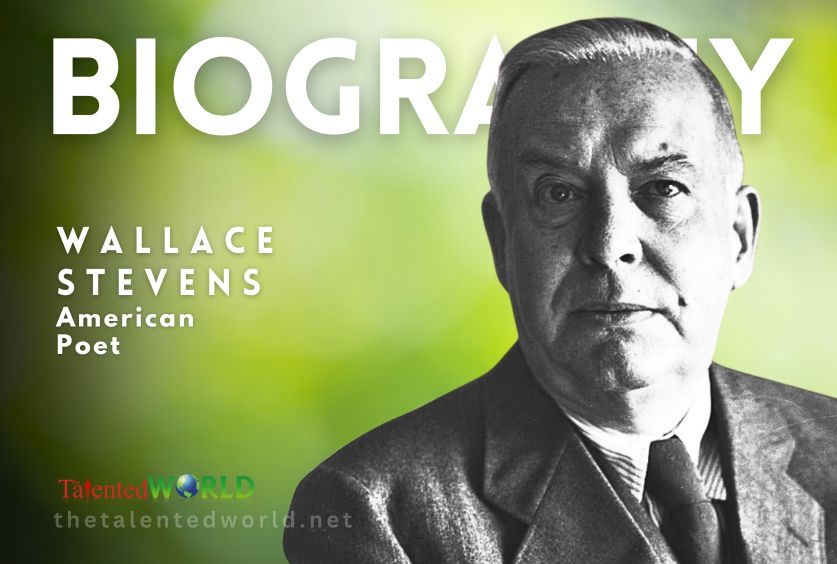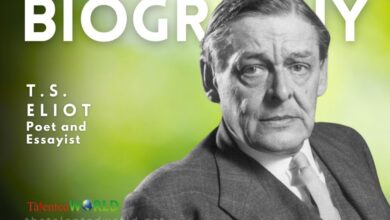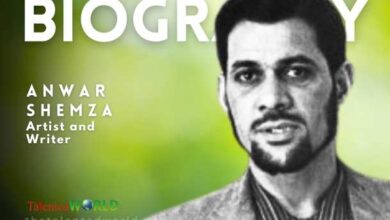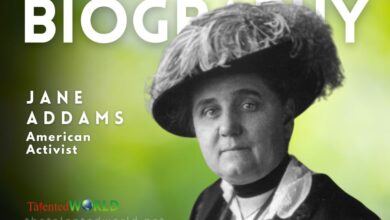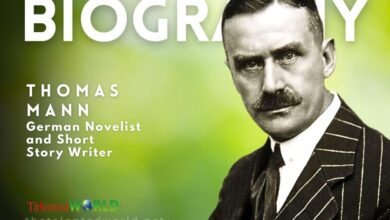| Wallace Stevens: Poems | |
| Thirteen Ways of Looking at a Blackbird | 1917 |
| The Emperor of Ice-Cream | 1922 |
| Harmonium | 1923 |
| Sunday Morning | |
| Anecdote of the Jar | |
| Of Modern Poetry | 1942 |
| The Collected Poems of Wallace Stevens | 1954 |
| The Auroras of Autumn | 1950 |
| Disillusionment of Ten O’Clock | |
| Peter Quince at the Clavier | |
| Gubbinal | |
| A High-Toned Old Christian Woman | |
| The Comedian as the Letter C | |
| The Man Whose Pharynx Was Bad | |
| The Palm at the End of the Mind: Selected Poems and a Play | |
| The Necessary Angel: Essays on Reality and the Imagination | 1951 |
| Collected poetry and prose | |
| The Collected Poems: The Corrected Edition | |
| Opus posthumous | 1957 |
| Earthy Anecdote | |
| American Poets: An Anthology of Contemporary Verse | |
| Letters of Wallace Stevens | |
| Wallace Stevens Reads | |
| The Plot Against the Giant | |
| The Poetry of Wallace Stevens | |
| How to Live, what to Do | |
| The man with the blue guitar | |
| Theory | |
| Transport to summer | |
| Selected Poems of Wallace Stevens | |
| Infanta Marina | |
| The Paltry Nude Starts on a Spring Voyage | |
| Nomad Exquisite | |
| Life Is Motion | 1919 |
| The emperor of ice-cream, and other poems | 1922 |
| Palace of the Babies | |
| The Place of the Solitaires | |
| Ploughing on Sunday | |
| Collected poems | |
| The Surprises of the Superhuman | |
| The Apostrophe to Vincentine | |
| Frogs Eat Butterflies. Snakes Eat Frogs. Hogs Eat Snakes. Men Eat Hogs | |
| The Revolutionists Stop for Orangeade | |
| Secretaries of the Moon: The Letters of Wallace Stevens & José Rodríguez Feo | |
| The Worms at Heaven’s Gate | |
| The Curtains in the House of the Metaphysician | |
| The Bird with the Coppery, Keen Claws | |
| Wallace Stevens Reading His Poems | |
| Selected Poems | 1953 |
